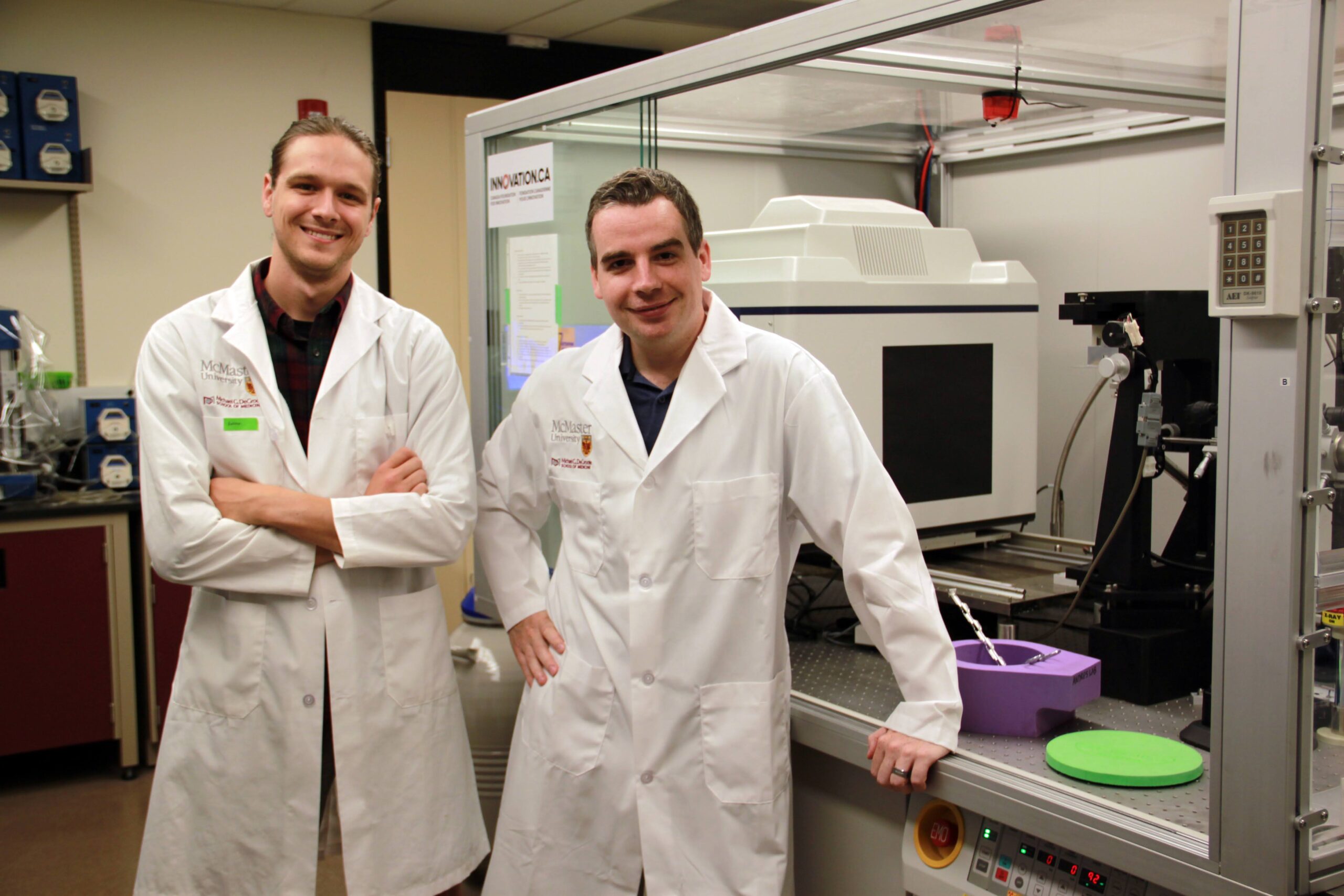RNA Canada ARN recently spoke with Nathan Bullen about his recent research article discussing a bacteria killing, RNA-modifying toxin, recently published in the journal Molecular Cell:
Could you summarize your paper for us?
ADP-ribosyltransferases (ARTs) are enzymes that catalyze the transfer of ADP-ribose from NAD+ onto a target molecule. Much is known about the biochemistry of these enzymes as many of the first identified bacterial virulence factors are ARTs. These ‘canonical’ ART toxins are delivered into host cells where they modify essential proteins, thereby inactivating cellular processes and promoting pathogenesis. However, since this early work, our understanding of the function ARTs has since expanded beyond protein-targeting toxins to include activities such as antibiotic inactivation and DNA damage repair, suggesting that more novel functions remain to be discovered. With that in mind, in this study we report the discovery of RhsP2 as an ART toxin delivered between competing bacteria by a type VI secretion system of Pseudomonas aeruginosa. We solved the structure of RhsP2, finding that it resembles protein-targeting ARTs such as diphtheria toxin. However, in characterizing its activity, we found that it does not target proteins, but instead ADP-ribosylates 2′-hydroxyl groups of double-stranded RNA. We show that this unique activity grants Rhsp2 a high degree of substrate promiscuity, with identified cellular targets including the tRNA pool and the RNA-processing ribozyme, ribonuclease P. Consequently, cell death arises from the inhibition of translation and disruption of tRNA processing. Overall, our study demonstrates a previously undescribed mechanism of bacterial antagonism and uncovers an unprecedented activity catalyzed by ART enzymes.
Why is your paper so cool? What are the important implications? I think most excitingly, we discovered a protein with enzymatic activity never before seen in nature. This is remarkable because ADP-ribosyl transferases are among the oldest and well-studied families of proteins. With respect to the potential implications of this work, I think we provide evidence to suggest that the substrate range for ARTS could be much greater than previously appreciated. In fact, I just read a pre-print that discovered an ADP-ribosyltransferase that modifieds viral mRNA as a mechanism to protect against bacteriophage phage infection. I suspect no molecule, RNA or otherwise, is free from ADP-ribosylation!
Thank you Nathan!
Nathan and Dr. Whitney’s manuscript can be accessed here. Nathan Bullen is currently a Ph.D candidate in the lab of Dr. John Whitney at the Michael DeGroote Institute for infectious Disease Research at McMaster University.
@johnwhitneyiidr @NathanBullen4 @McMasterIIDR @MacBiochemGrad


